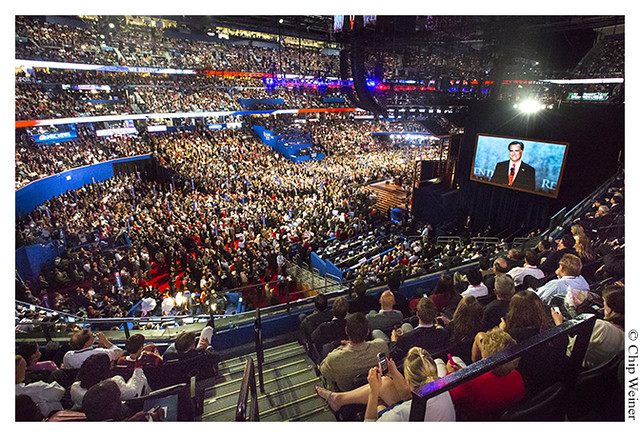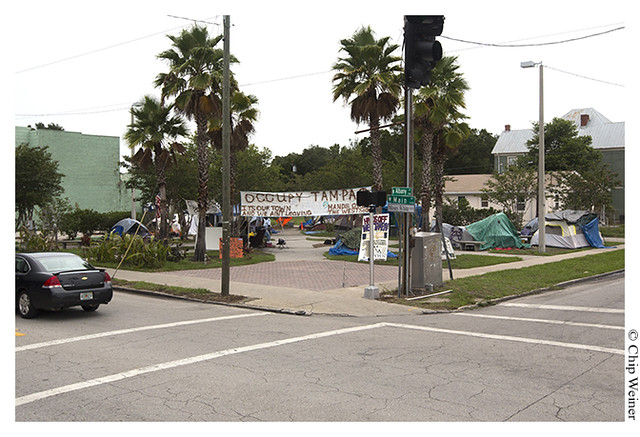

One year ago this month the Republican National Convention was in town.
Before, during, and after the event there was a lot of prognostication about the economic impact and long-term benefit the RNC would bring to our city. Congress appropriated $50 million for Tampa primarily for city and convention security. The 2012 Tampa Bay Host Committee raised another $55 million for the effort, and in August of 2011 $18 million came from the Federal Election Commission for planning and preparation. All told, there was an influx of over $120 million.
Last week the Host Committee issued its report on the RNC's economic impact commissioned from the Sykes College of Business at the University of Tampa. It stated that the convention resulted in $214 million in direct spending in the Bay area, far above the original estimates of $150-$175 million cost-benefit analysis from the research firm Jones Lang Lasalle before the convention.
In the weeks leading up to the RNC, estimates were that 15,000 credentialed media personnel, approximately 3,400 delegates and alternates, over 20,000 additional visitors and VIPs would attend. Tampa Police Department expected over 15,000 protesters, along with a few hundred anarchists who would try to shut down the convention. With all that money, that many people coming to town, and that much international attention, we wondered what was the ultimate impact on Tampa? Over the next three days CL will be looking back at the changes both temporary and permanent, structural and cosmetic, that resulted from the political jamboree.
[jump]Remembering some peculiar facts.
In the beginning Tampa City Council designated areas called clean zones. The spots were set aside for protesters to gather and speak publicly, with the idea being to keep them in a controlled environment. The rules for controlling the areas were among the early gaffes that fed the talk show circuit, as city officials initially attempted to outlaw a 7-inch piece of string as a weapon, even though state law allowed those with permits to carry loaded guns in the clean zone. That restriction later was changed from a ban on string to one on ropes of 6 feet or longer. The city appealed to Governor Rick Scott for a special temporary exception to the state's concealed weapons laws, but he rebuffed the appeal. The walled-off areas eventually underwent a name change from clean to "event" zones.
Initial estimates of 15,000 protesters combined with a few hundred anarchists kept security forces busy spending $50 million buying things like $273,000 for an additional armored vehicle, $319,000 for 200 light- and siren-equipped bicycles, and nearly $2 million for surveillance cameras. The hordes of demonstrators never showed up. Roving gangs of crazed protesters bringing bedlam to the streets of Tampa? Never happened. At most there were 1,000 protesters, and a few dozen people wearing masks calling themselves anarchists. There were two minor arrests. Mayor Buckhorn stated again on Wednesday at the audit release press conference that if he had to do it all again, he would change nothing. He cited the destructive nature of the 2008 RNC in St. Paul, saying he had no problem living with the criticism of being overly deployed. CL's Mitch Perry wrote a full report on the audit
In two separate parts of the city, The Voice of Freedom Park in West Tampa and the Army Navy surplus parking lot in downtown, Occupy Tampa and other protesters set up camp. Prior to the convention, City Council members threatened to evict the protesters due to zoning violations. However, after several meetings determining that it would take 21 days to act on the violations (days after the convention would be over), they abandoned the plan.

Years of planning and millions of dollars could not prevent the delay by one day of the start of the convention due to Tropical Storm Isaac.
Next:The RNC one year later. Permanent improvements for the city. See what residual assets resulted from the Republican's party. Several projects resulted in beautification and improved security measures in many parts of the Bay Area.